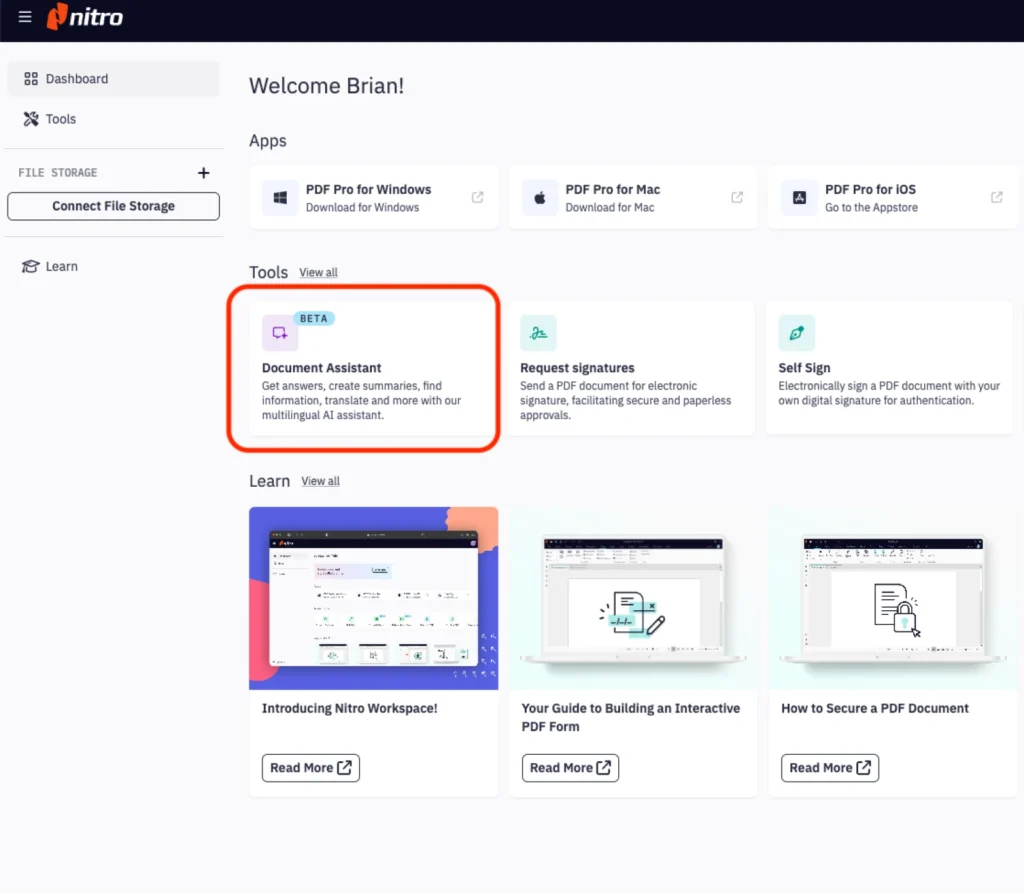Data collection, evaluation, and management have become increasingly important in recent years.
In the business world, the concept of data is continuously evolving and transforming. As a result, the companies have not only gained new depths but have also been faced with a higher degree of challenge.
Organizations can overcome these challenges, however, with precise data recording, monitoring, and archiving.
So, what exactly is Database Monitoring?
The process of database monitoring involves measuring and tracking key metrics that influence database performance.
Monitoring the performance of both hardware and software is done by taking frequent snapshots of performance indicators. As a result, it is possible to identify changes, identify bottlenecks, and pinpoint the exact moment troubles began.
Key Advantages of Database Monitoring
Database monitoring is fundamental to overall business success.
Database monitoring ensures that the databases and associated resources are performing at their highest possible level, ensuring the application infrastructure is always available and functional. IT administrators can conduct rapid and accurate problem-solving processes, preserving valuable time and resources. The added benefit is that end users are given a streamlined, uninterrupted experience, in which issues are resolved quickly and efficiently.
Some of the key advantages are as follows:
· A reduction in the time and resources spent hunting down hidden issues in the database and IT infrastructure
· Improved end-user experiences
· More effective capacity planning
· Ability to troubleshoot performance problems on a proactive basis, before they affect the end-user
· Insights into whether and how performance could be improved
· Insights into any security flaws
Monitoring Databases: Common Approaches
In database monitoring, there are two primary approaches: proactive and reactive.
Proactive approaches seek to identify issues before they become problems, whereas reactive approaches aim to mitigate the effects of those problems after they have occurred.
Reactive monitoring is often used for troubleshooting performance problems, reporting major incidents, or investigating security breaches.
In most cases, we can agree that the proactive approach results in a positive end-user experience and lower risk.
To be proactive, however, you must ensure that the right metrics and alerts are monitored.
Most Important Database Performance Metrics to Monitor
Here are the key performance metrics to monitor to help provide insights into the overall health of a database environment:
· Queries: To ensure a high level of overall performance, it’s important to monitor the performance of the queries themselves. Database monitoring should alert to query issues including inefficient joins between tables, insufficient or overabundant indexes, and overly literal SQL.
· Capacity issues: Database issues can be caused by issues with the hardware, like lagging CPU speed or insufficient CPUs, slow disks, misconfigured disks, full disks, and lack of memory.
· Conflicts among users: When many users are accessing a database, this can cause conflicting activities and queries. For example, the performance of the database could suffer from page/row locking due to slow queries, transactional locks and deadlocks, or batch activities causing resource contention.
· Configuration issues: Disks without proper configuration can cause performance issues. Monitoring will uncover issues like an insufficiently sized buffer cache or a lack of query caching.
Choosing the Best Database Monitoring Tool
Almost all technological enterprises rely on databases. Poor database performance can have an impact on the entire application infrastructure. Developers might write pristine code. The designers and UX professionals might create interfaces that are intuitive, functional, and a pleasure to look at. But the database is the foundation of this structure. If it doesn’t perform, an entire application will underperform, and customers will pay the ultimate price in the form of a terrible user experience. An unhappy customer doesn’t take long to become a former one.
Because of this, database monitoring is crucial.
SolarWinds has a reputation for developing top-notch products, and Database Monitoring Solutions are no exception.
Whether databases are on premise or SAAS based, Solarwinds has a monitoring option. If you are looking to improve SQL, Oracle, MySQL, Redis, mongoDB or SQL Azure Solarwinds has a solution that provides actionable insights and a multifaceted approach to root cause analysis, giving it an edge in the market.
Learn more about SolarWinds Database products here.
Contact us for more details about Solarwinds Database products at [email protected] or visit us at qbs01devsc.qbssoftware.com/de.

